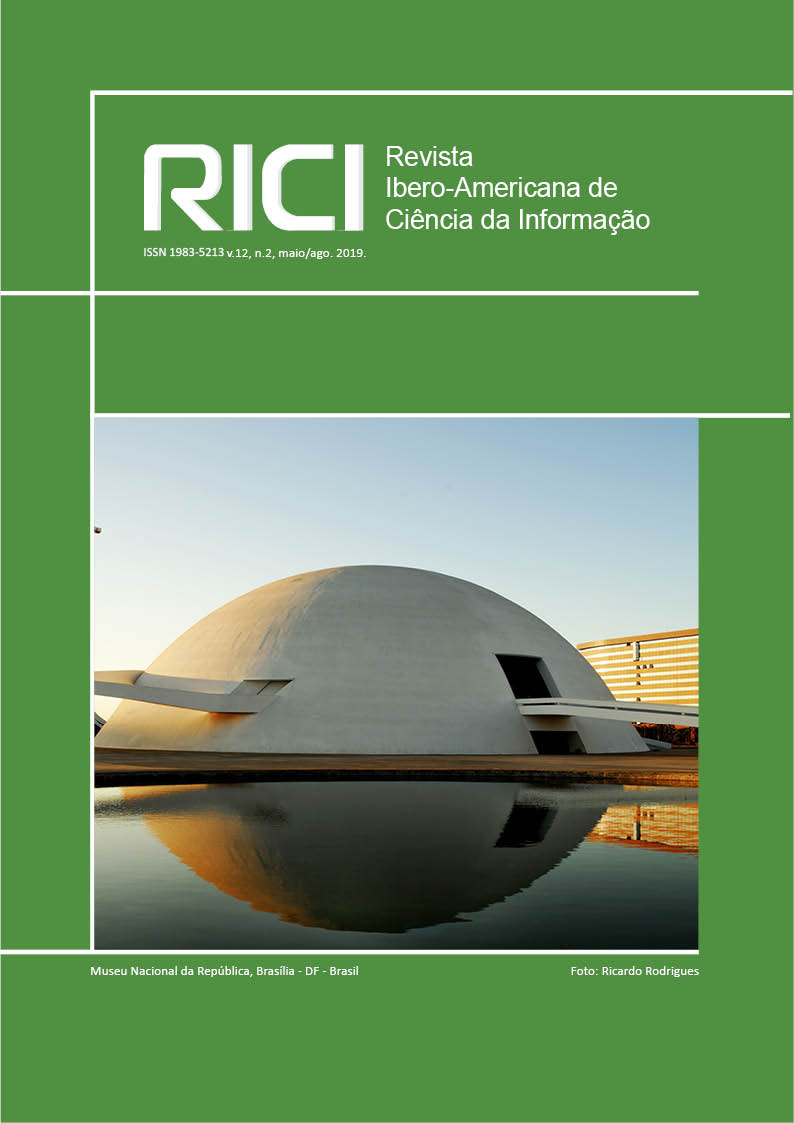Informative behavior of older adults
DOI:
https://doi.org/10.26512/rici.v12.n2.2019.21781Keywords:
: Information behavior. older adults. cognitive view point. qualitative approach. user studies.Abstract
The purpose of this paper is to describe the project: background, research questions, objectives, theoretical framework, the methods, technique and instruments. The research follows the cognitive approach and it is mainly qualitative, the intention is to come close to the older adults, to examine their activities and emotions, from and within them. The theoretical model that will be followed is that developed by T.D. Wilson Information Behavior Model (2000), which integrates the phases each subject goes through to solve an information problem: delimitation of information needs, seeking behavior, and processing and use. The qualitative methods and technique are: direct observation, focus group and in-depth interview. The expected outcomes are: to understand the information behavior of older adults; propose information services that meet their needs; and influence public policies in support these communities.
Downloads
Downloads
Published
How to Cite
Issue
Section
License
Copyright Notice
Authors who publish in this journal agree to the following terms:
- Authors retain copyright and grant the journal right of first publication with the work simultaneously licensed under the Creative Commons Attribution License 4.0, allowing the sharing of work and recognition of the work of authorship and initial publication in this journal.
- Authors are able to take on additional contracts separately, non-exclusive distribution of the version of the paper published in this journal (ex.: distribute to an institutional repository or publish as a book), with an acknowledgment of its initial publication in this journal.
- Authors are permitted and encouraged to distribute their work online (eg.: in institutional repositories or on their website) at any point before or during the editorial process, as it can lead to productive exchanges, as well as increase the impact and citation the published work.
















